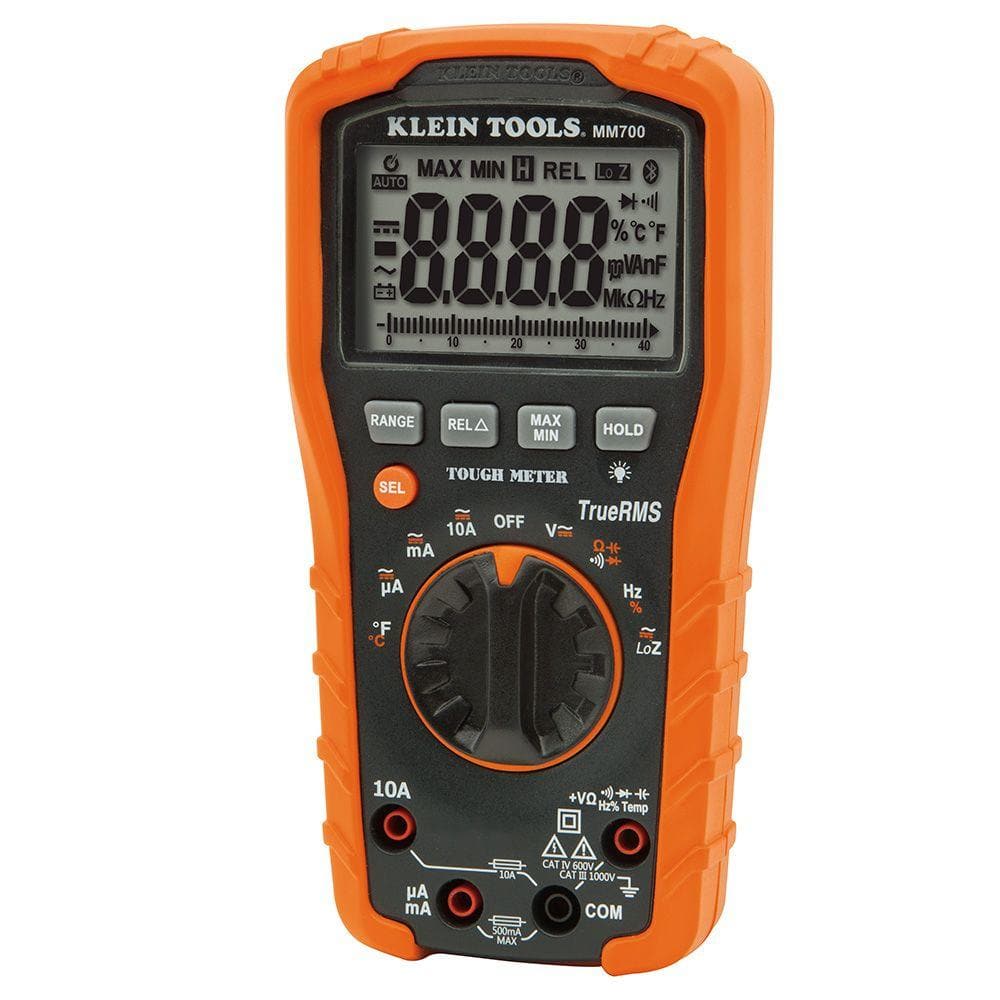Majestic
Well-Known Member
Ok I understand. I will give it a try tomorrow evening. Thanks again.

You also have to switch the dial to the 10amp position, as current is measured in amps.You lopped off the most important part of the photo, LOL. Put one probe (black) in the normal "common" connector at far bottom right.
Put your other probe in the "10A" (10 amp) connector.
BE VERY CAREFUL and do not short anything to ground. An ammeter is a SERIES device, and you will blow the internal meter fuse
Hook battery.........alligator lead.........one field connection........other field connection........one meter lead.........ground remaining meter lead
See? this puts everything in SERIES meaning "all in a row." The current goes THROUGH the meter. Turn the pulley and look at the meter. Turning the meter revolves the slip rings and "averages out" the reading.

Did the switch thing for a while. Why wouldn't you just fix the problem? That gets old and pretty embarrassing if you ask me.Just disconnect the battery every time you park the car, or install a drag racing battery on/off switch.
Did you move the red wire to the 10A socket?Ok I put the meter in amps and doesn't read anything on the field to ground. Other field is connected to starter relay. What should I do next
Yes that's what I did and showed 0Did you move the red wire to the 10A socket?
One side of field to battery positive, other terminal to meter in 10A setting and red wire in 10A socket, black wire on meter to alternator housing.
Yeah I know I was kidding around. Problem is, unless you are really good with multi meters and understand automotive DC circuits, trying to troubleshoot by reading all these posts looks frustrating, I would go nuts. I happen to have been trained in both automotive as well as avionics, so its almost second nature, I was just suggesting a " no headache " solution to the problem, as well as a quick no brainer fix.Did the switch thing for a while. Why wouldn't you just fix the problem? That gets old and pretty embarrassing if you ask me.
Quick update and question. Should I run a wire from the Alt fld to the voltage regulator or just ground that field?
